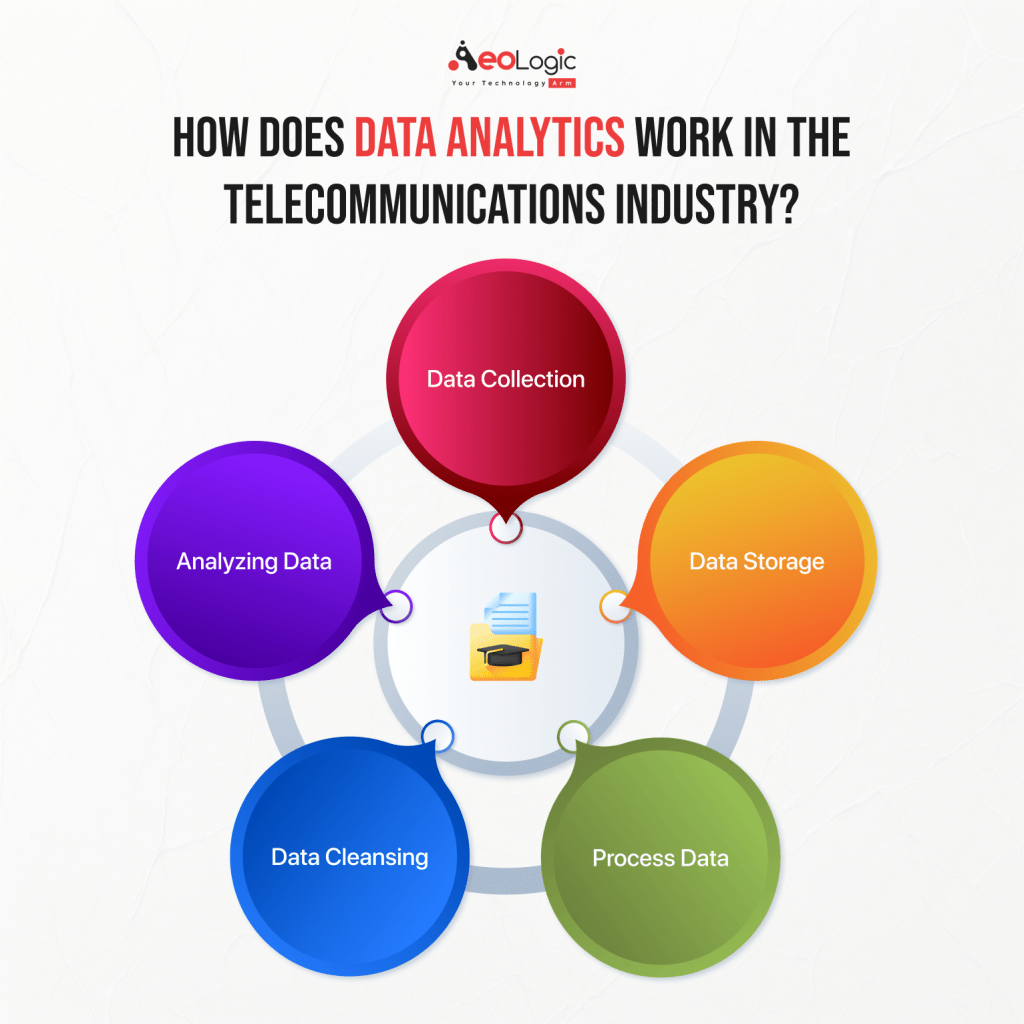Telecom or telecommunication is the sector in which companies make communication feasible worldwide, whether through the phone, the internet, over radios, or cables. These businesses build the infrastructure necessary to transmit data whether it be speech, text, audio, or video anywhere in the globe. This is an important sector as it enables data transfer in seconds using technologies and signals. There are a lot of top telecom industries in the world that provide different types of communication services.
Global Telecommunication Market size was valued at USD 1700.2 billion in 2019 and is poised to grow from USD 1805.61 billion in 2023 to USD 3102.74 billion by 2031, growing at a CAGR of 6.2% in the forecast period (2024-2031). The telecommunications industry includes a set of communication instruments.
The telecommunication industry was established early in comparison to other tech industries but has become more evolved in recent decades. But in the small developed period, it has established a well-developed global market size as mentioned in the above stats. To enhance the telecom industry, many telecom organizations have implemented data analytics in their system. There are many ways in which data analytics can manage the data and bring enhancement to the industry. Telecom Analytics Market Size was valued at USD 8.3 billion in 2022. The telecom analytics market industry is projected to grow from USD 10.0 Billion in 2023 to USD 32.4 billion by 2030, exhibiting a compound annual growth rate (CAGR) of 21.50% during the forecast period (2023 – 2030).
In this article, we will see the role and benefits of data analytics in the telecom industry. Also, we will see the other details of data analytics in telecom industry.
What does Data Analytics in the Telecom Industry refer to?
Simple data analytics refers to Actionable insights produced from raw data. It encompasses a variety of instruments, methods, and procedures for employing data to identify patterns and resolve issues. In other words, data analytics refers to the collection, transformation, and organization of data to conclude, make predictions, and drive informed decision-making. In the telecom industry, data analytics is widely implemented to track and manage variations in network coverage across multiple sites. With data analytics, it is possible to control network capacity and create predictive coverage models to increase the number of network connections.
Also Read: Unlocking the Potential of Datafication for Businesses
Importance of Data Analytics in Telecom Industry
In the telecom industry, it is not easy to obtain data on every network connection in different locations. It is also important to have market analytics so that a telecom organization can stay ahead of other competitors. Many other aspects of the telecom industry need to evolve in terms of data. With data analytics, it is possible to track and manage variations in network coverage across multiple sites. It is also possible to control network capacity and create predictive coverage models to increase the number of network connections with the use of real-time data analytics.
Also Read: Importance of Data Analytics in Learning and Development
Benefits of Data Analytics in Telecom Industry

Data analytics in the telecom industry offers a lot of benefits as there are few benefits mentioned below.
1. Network Performance Analysis
Network performance analysis defines the process of gathering information and examining important metrics of a communications network to pinpoint regions that are not operating at optimal levels. With data analytics, the gathered information can be analyzed and obtain possible outcomes that overall enhance the network performance.
2. Customer Behavior Analysis
Customer is one of the major aspects of any industry as it is very important to know the customer’s desires and demands. Since every customer has unique desires, it is not possible to analyze customer behavior easily. However, with data analytics, it is possible to make predictions about possible customer cancellations. The following reasons can vary: poor network performance, customer service, and better offers from competitors. This helps to increase your customers and increases productivity.
3. Gain Useful Insights
The telecom industry involves a vast amount of data that can create confusion and mess up. It is not possible to analyze this type of data to take out any insights. You can build a central platform to combine the data into one place with the use of data analytics. Stated differently, the department has access to all the required data thanks to unified data analytics.
4. Price Optimization
Data analytics providers in the telecom industry can gather information and use this tool to examine consumer behavior about various price plans, rival pricing offers, and pricing strategies. The suppliers can then choose the best service costs to attract and keep clients. Additionally, it enhances sales promotion and increases revenue generation for the company.
5. Fraud Prevention
The telecom industry can use big data analytics to safeguard its data from fraud and data leaks. It offers a database for fraud lists to identify common spammers and online criminals. To stop scams, the majority of telecom carriers deploy big data and AI-powered solutions. As a result, more clients will favor using services that guarantee safety and security. This increases the customer’s trust in the industry.
How Does Data Analytics Work in the Telecommunications Industry?
Data analytics in the telecom business consists of 5 processes. They are listed below:
Step 1: Data Collection: The first step is to identify the daily operational data sources from which relevant information and data will be collected. With the Extract load transform, you can convert the data into a standard format for storage.
Step 2: Data Storage: Using data analytics tools, you can store data in data lakes or cloud data warehouses.
Step 3: Process Data: Processing allows you to translate and organize data for reliable outcomes. Data processing can be carried out using a variety of ways, including real-time, centralized, distributed, and batch.
Step 4: Data Cleansing: As the name implies, this step removes errors, undesired data, inconsistencies, data repetition, or duplication.
Step 5: Analyzing Data: In this phase, you can turn raw data into useful data. It employs several techniques such as descriptive analysis, diagnostic analysis, and predictive and prescriptive analysis.
Also Read: How to Elevate your Organization’s Use of Data Analytics?
Challenges with Data Analytics in Telecom Industry
We have seen many benefits and the role of data analytics in the telecom industry. There are a few challenges too as there are few challenges mentioned below.
- The amount of data can be challenging as it is very complex to work on vast amounts of data for data analytics. There can be situations of data overload so it could be a challenge for the big telecom industry.
- Data collecting from multiple sources is also a challenge as it is very time-consuming to extract data from various sources. This can create errors while combining data from various sources together.
- Many users or the telecom industry may feel uncomfortable and confused while switching from conventional data analysis methods. So it takes some time to adapt so it is also a concern.
Also Read: How Data and Analytics are Fueling the Retail Industry?
Final Words
In the telecom industry, data analytics solutions foster corporate expansion and operational optimization. Thus, specific customer demands and interests aid in the development of customized solutions that improve the customer experience.
Additionally, it provides organizations with insightful information to increase their production and efficiency in the worldwide market. Because it makes data-driven judgments, it helps telecom businesses remain ahead of the competition and make more revenues. Overall, this is a powerful technology that can bring evolution in data analysis aspects for the telecom industry as well as for other industries.






